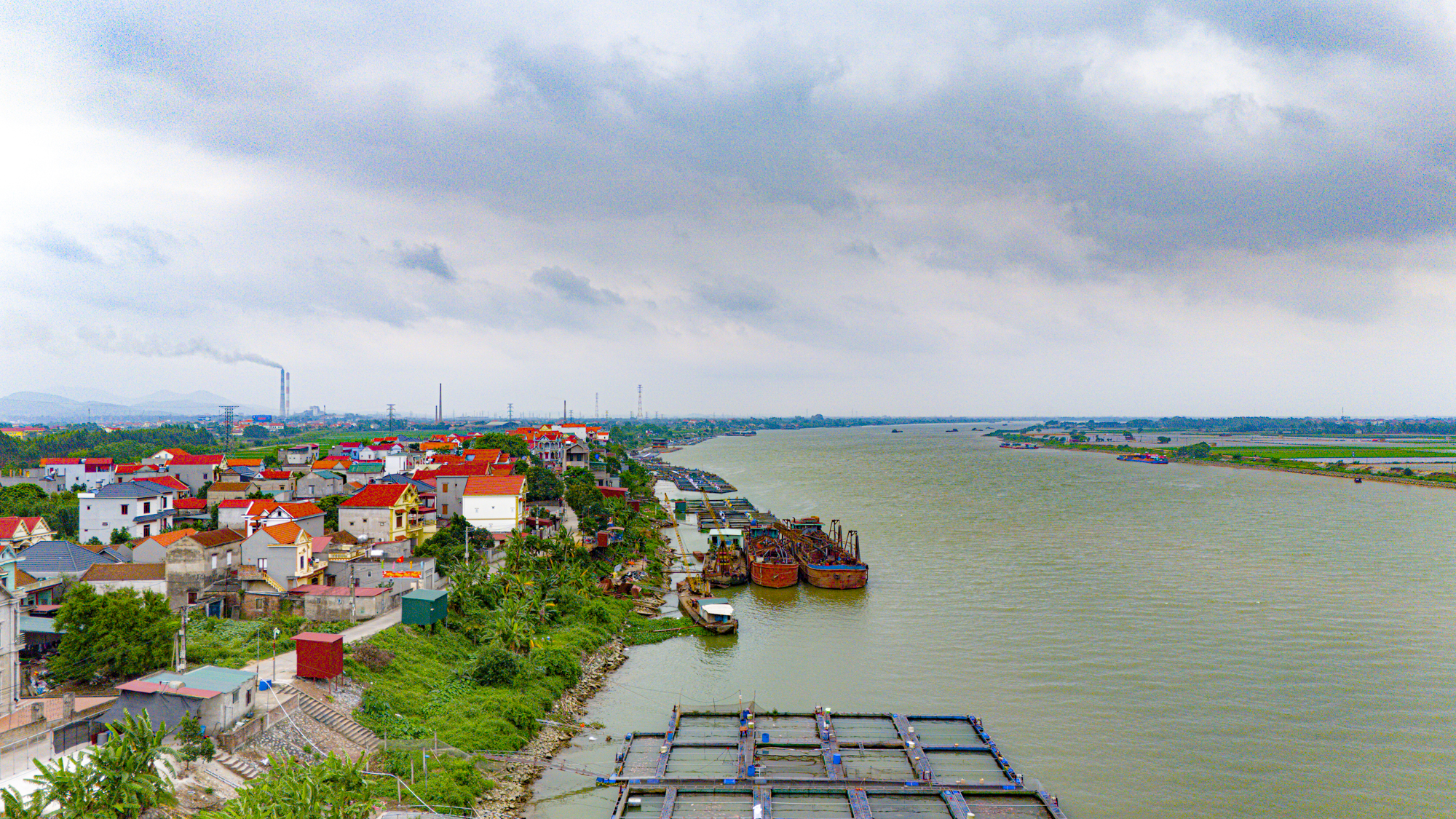
Vietnam enjoys an advantage with a vast network of rivers, with approximately 2,360 rivers and canals spanning 42,000 kilometers. These rivers, encompassing nine major systems, flow into the sea at around 120 river mouths. Of the total length, over 17,000 kilometers of inland waterways are currently under management for transportation purposes.

Inland waterway transportation is a method of transport offering substantial environmental benefits and safety, with the capacity to carry large volumes of cargo, including oversized and overweight goods. This method also supports sustainable development. Furthermore, the shipping costs associated with inland waterways are only a quarter of those incurred by road and half of those by rail.
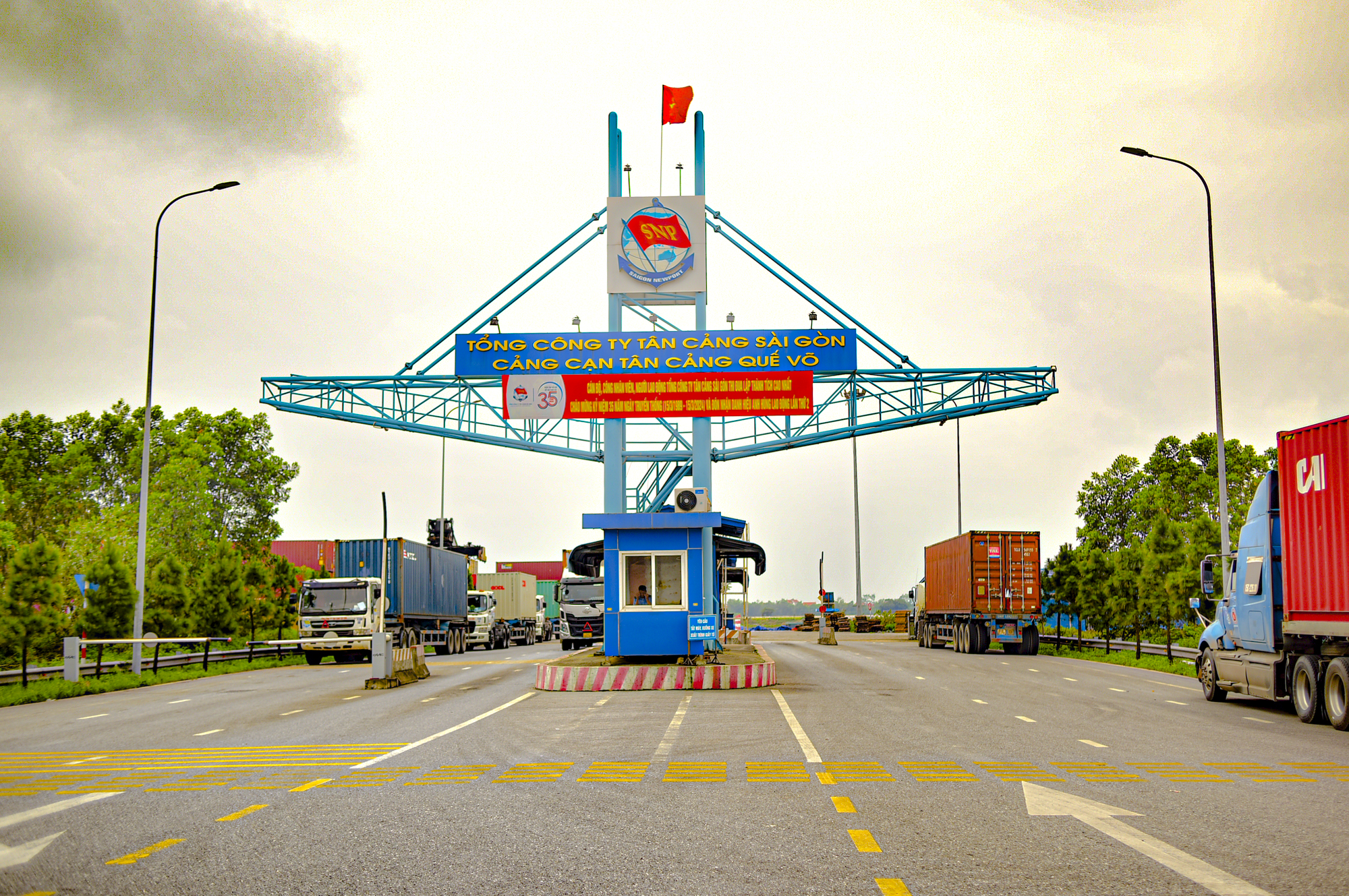
As of 2021, there were approximately 300 ports nationwide, including about 190 cargo ports, nine passenger ports, and nearly 100 specialized ports. The country boasts around 235,000 inland watercraft and more than 1,700 water transportation businesses.
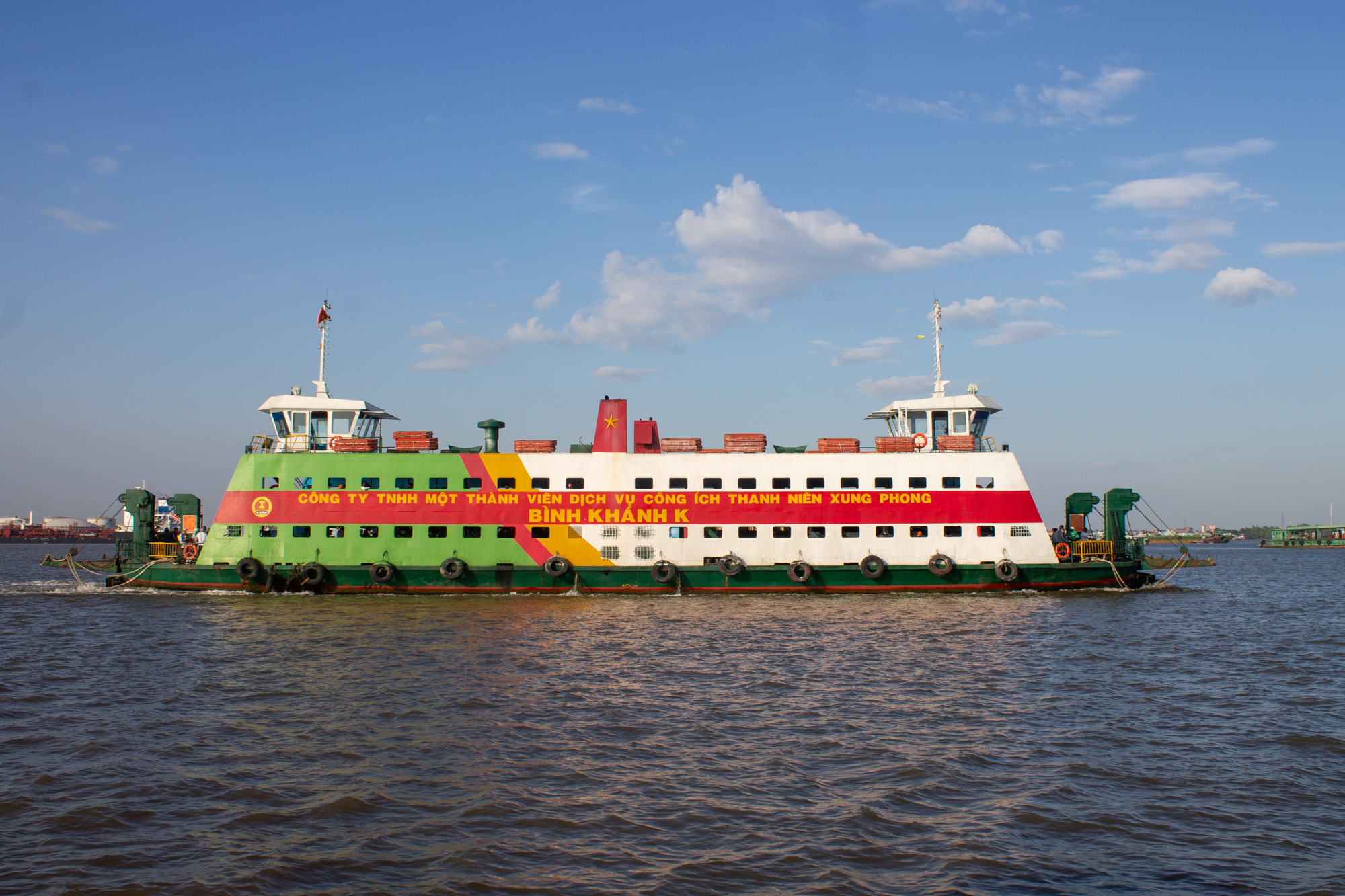
Currently, the market share of freight transported by inland waterways is close to 18%, while the passenger transportation share stands at 5% of the total industry. The Red River Delta, Southeast, and Mekong River Delta regions, with their favorable conditions for water transportation, have significantly higher shares of freight transported by inland waterways. These shares are 45%, 47%, and 79.7%, respectively. Photo: To Cuong.
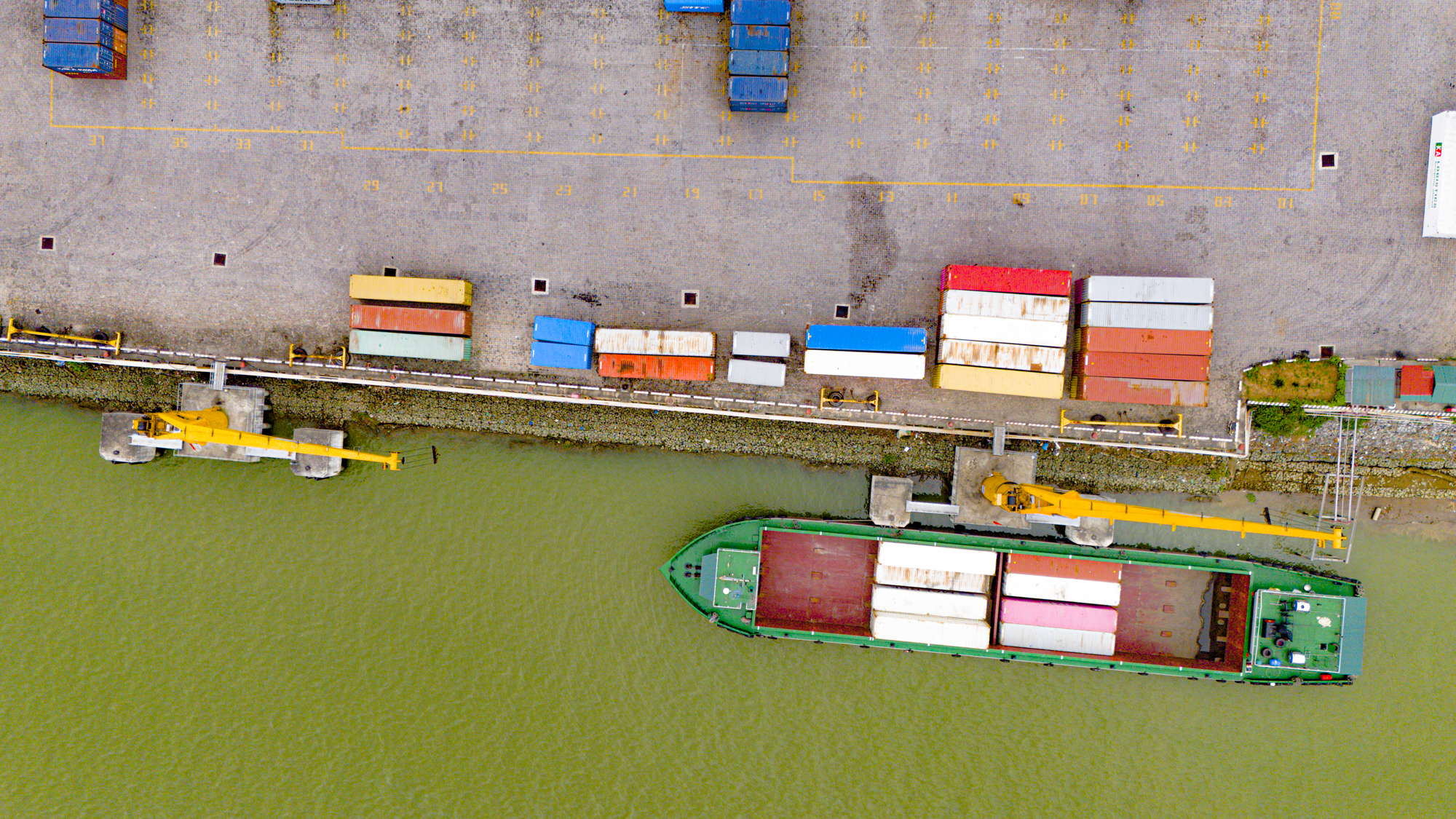
Data from 2023 indicates that the volume of cargo transported by inland waterways reached 476 million tons, reflecting an 18.7% increase compared to 2022. Not only has cargo transportation increased, but passenger transportation using this mode has also grown by 6.4%.
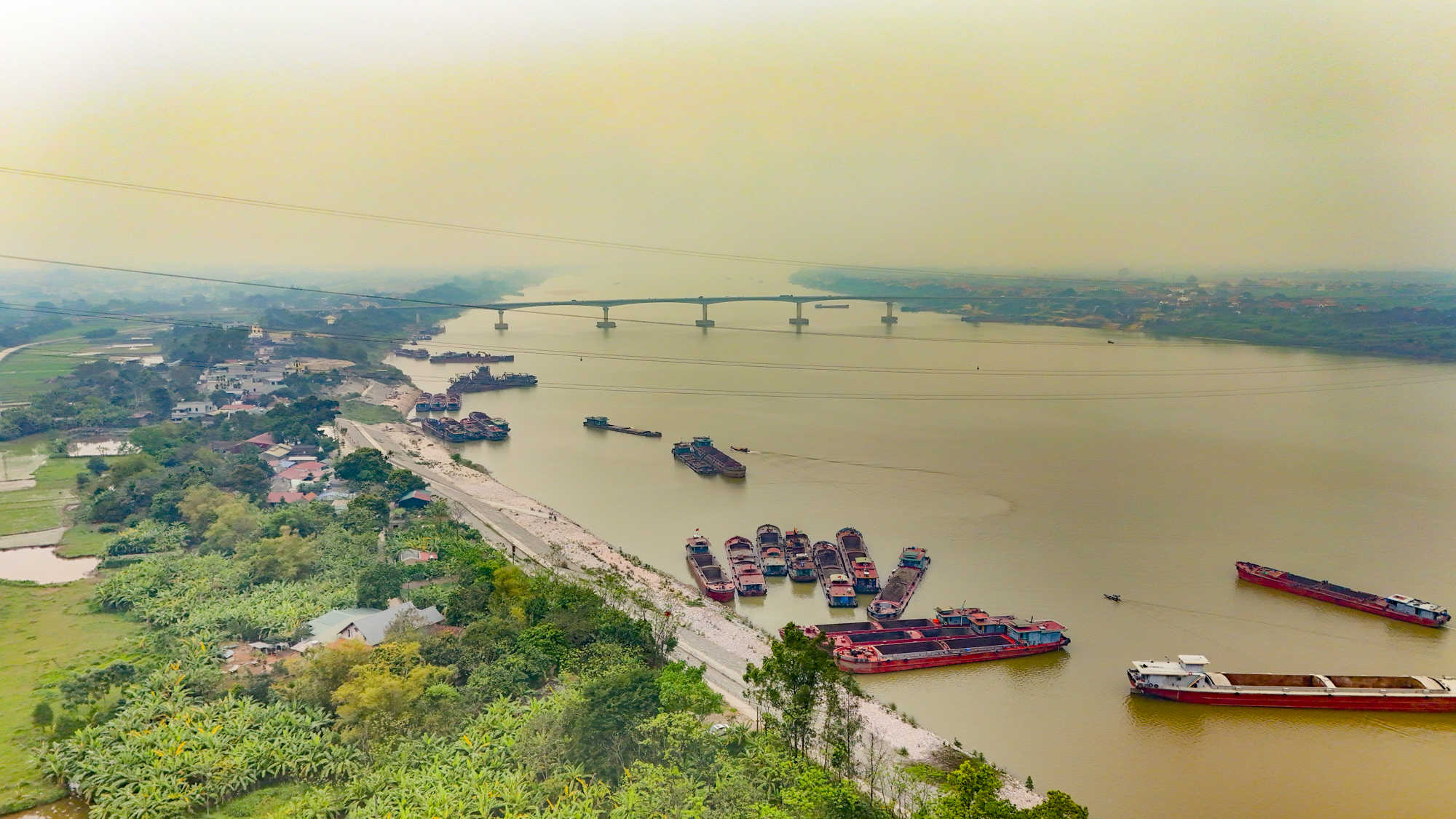
Despite the positive outcomes achieved, the inland waterway sector remains modest in comparison with its potential, advantages, and socioeconomic development needs. The primary reason for this is that inland waterways have not received a level of investment commensurate with their role in the national transport system. The capital invested has only partially met the investment requirements and has not been deployed in a balanced manner across routes and channels…
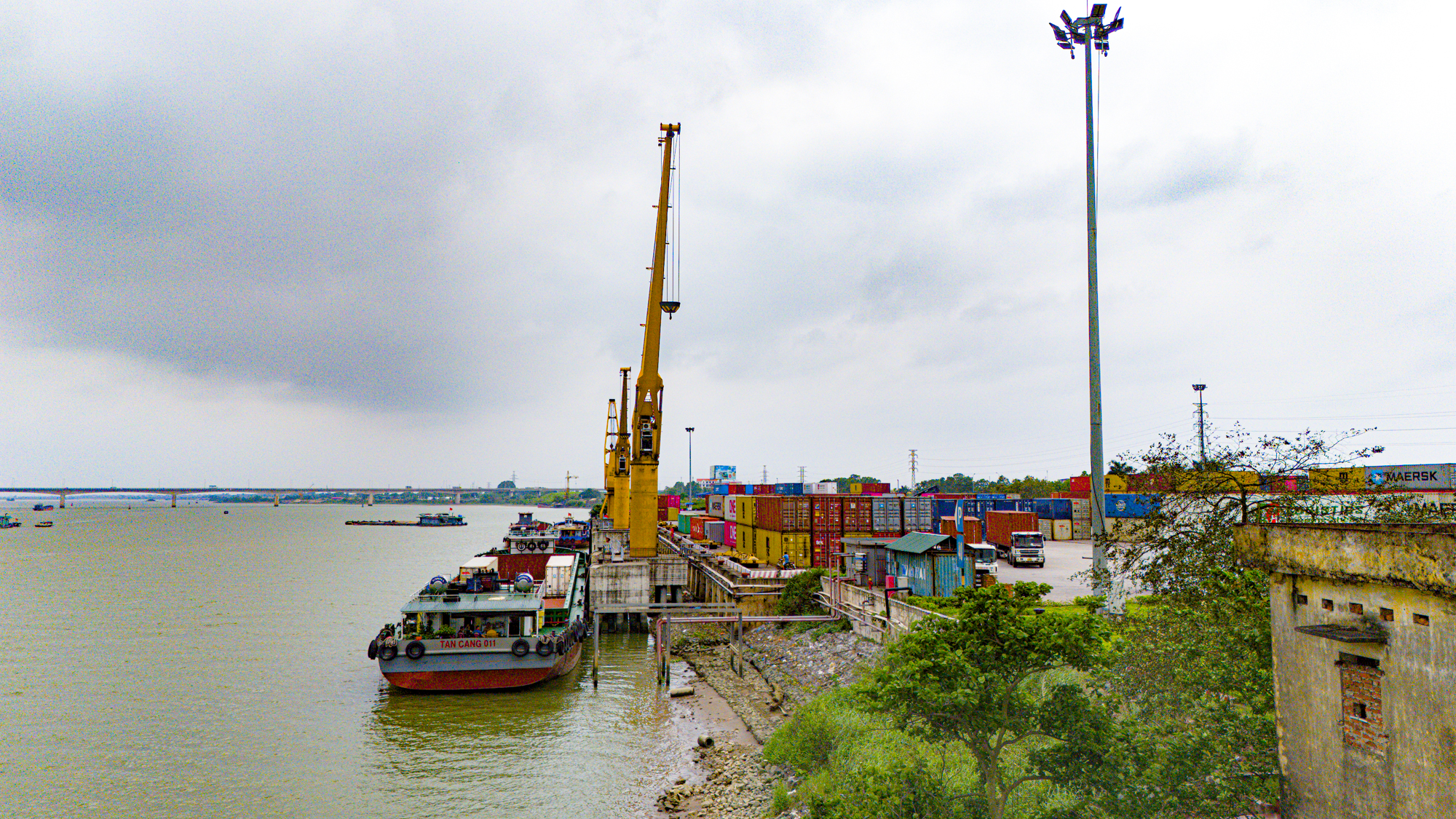
Over the years, government budget allocations for inland waterways have accounted for less than 2% of the total investment in the transport sector. Additionally, the scale of investment in this sector through socialized capital has been very limited.
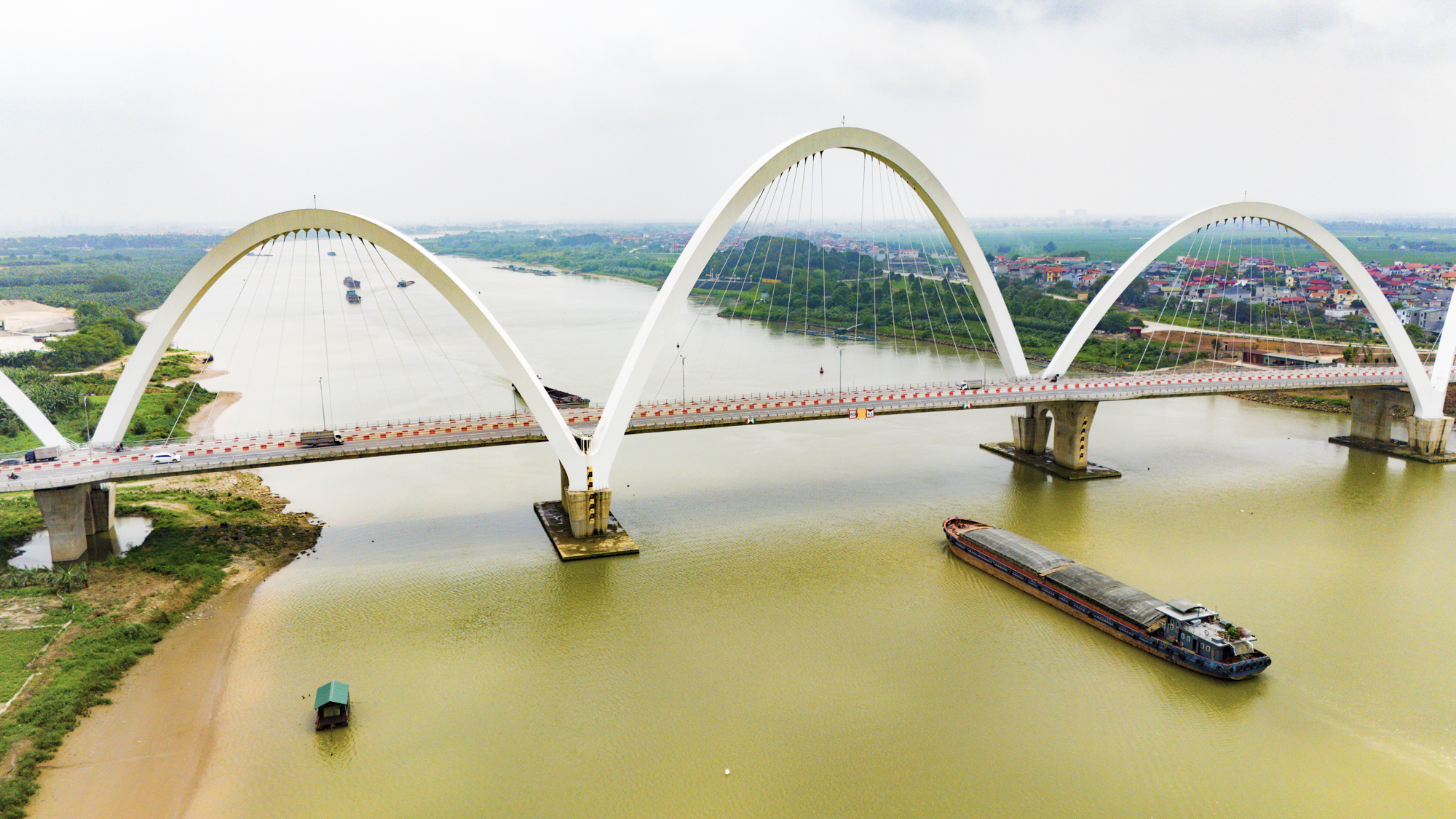
To address the aforementioned issues, the Ministry of Transport is implementing comprehensive solutions to maximize the potential and advantages of inland waterways. These measures include promoting decentralization and the delegation of authority to local governments, implementing five integrated transport sector plans (road, maritime, rail, inland waterway, and aviation), and ensuring coordination and connectivity…
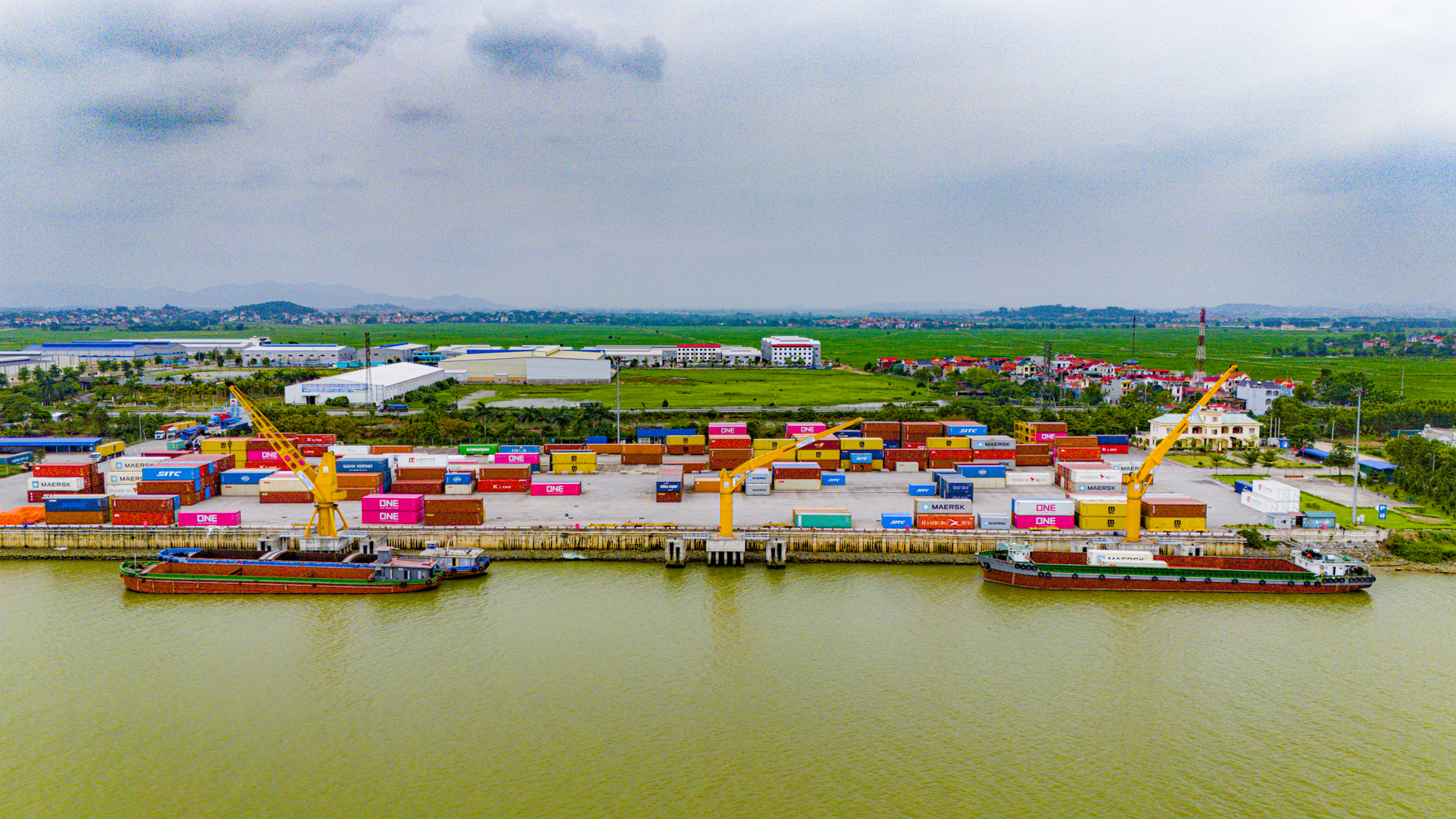
According to the Master Plan for Vietnam’s Inland Waterway Infrastructure for the 2021-2030 period, with a vision to 2050, which was approved by the Prime Minister, the target for cargo transportation using this mode is set at approximately 715 million tons by 2030. Passenger transportation is expected to reach around 397 million.
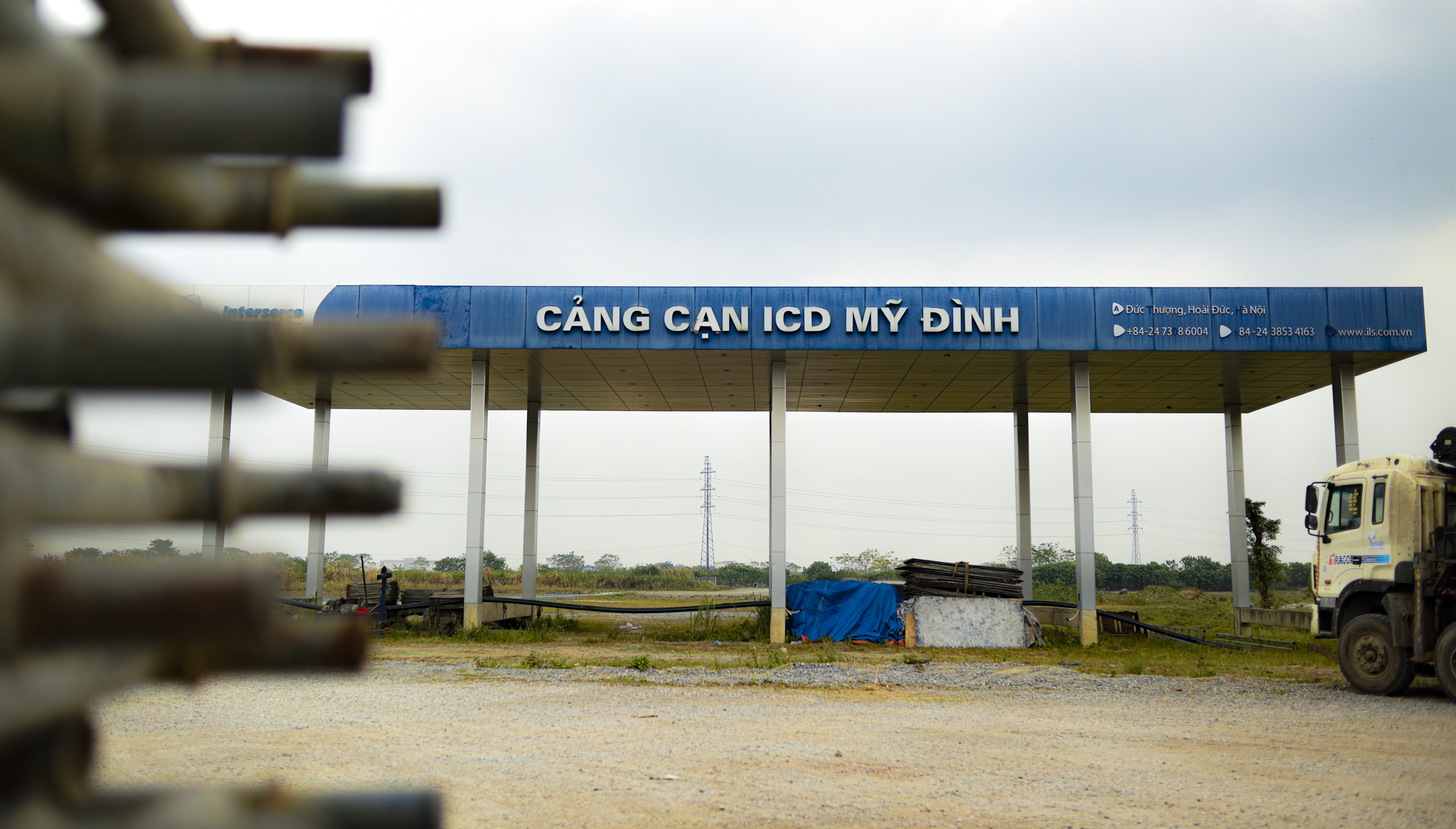
The Master Plan also outlines plans to upgrade and renovate key routes with high traffic density, enabling 24/7 vessel operations. The total length of the routes to be developed according to technical standards is expected to reach approximately 5,000 kilometers. In addition, the system of inland ports and terminals will be expanded to meet the demand for freight and passenger transportation along the waterway corridors…
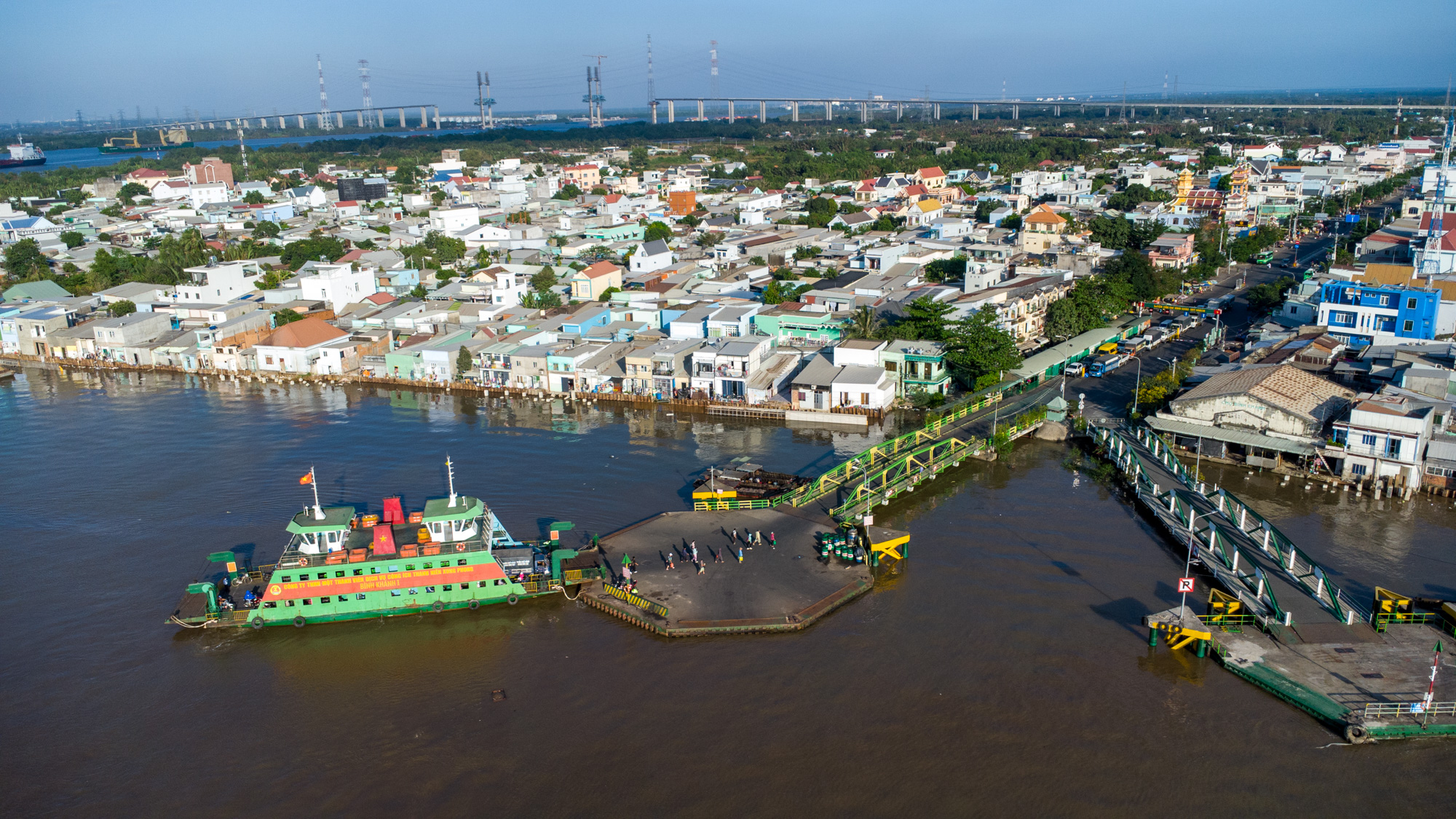
At the same time, the market share of the inland waterway transport sector is projected to increase from 18% to 24%, with a focus on connecting inland waterways to seaports. Notably, efforts will be made to diversify and attract investment resources while ensuring a targeted approach. Government capital will prioritize investment in public infrastructure, while non-budgetary funds will be directed towards port and terminal development. Photo: To Cuong.
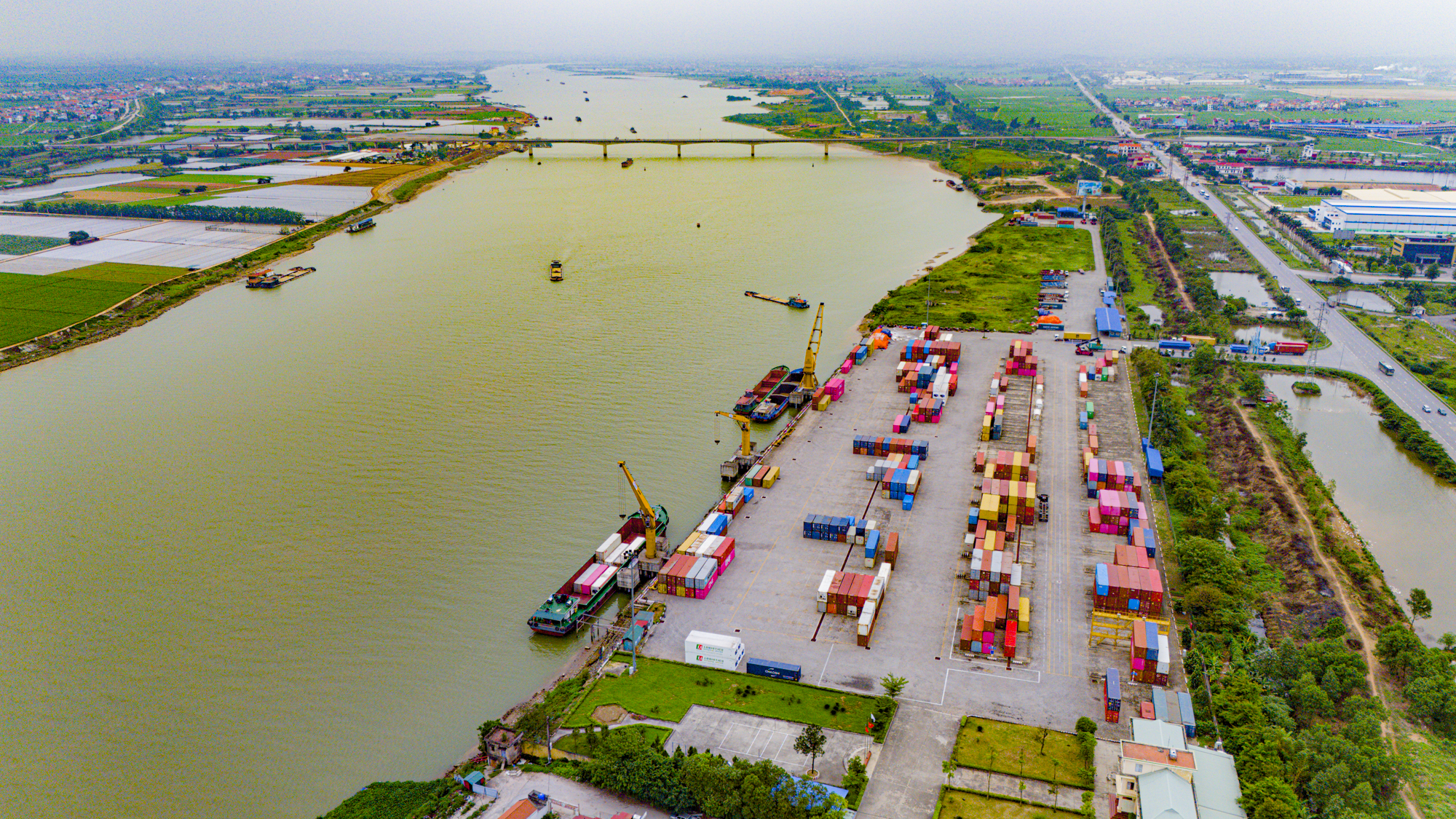
Specifically, for the period 2021-2030, preliminary estimates suggest an investment capital requirement of more than VND 157,





































